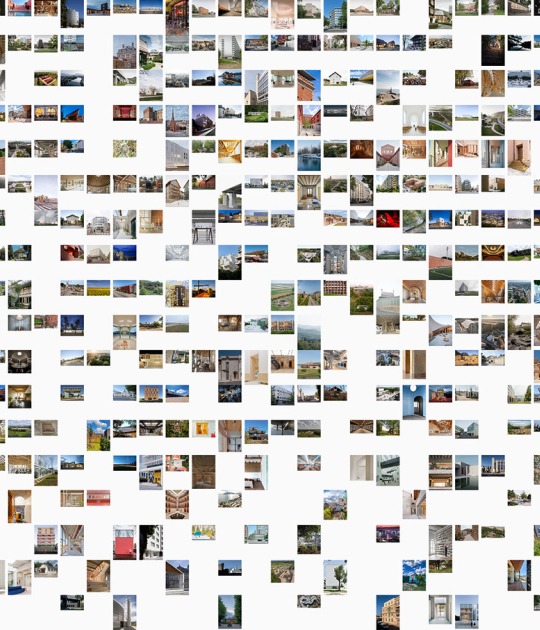City Green Court is the third of a cluster of buildings designed by Richard Meier & Partners and it completes the corner of the Radio Plaza superblock located in the Pankrac area of Prague. The building is conceived of as a geometric volume in dialogue with the near context while offering respected contrast to the surrounding buildings. Smaller in scale than its predecessor and sibling, City Tower, it is equally inspired by the language of Czech Cubism, with a façade that while addressing issues of conservation and sustainability incorporates forms reminiscent of this avant-garde movement. The quote below, in essence, sums up the philosophy and concepts behind City Green Court:
"The Czech Cubists believed that an object's true internal energy could only be released by breaking up the vertical and horizontal surfaces that restrain and repress it in conventional design. By incorporating angled planes into the design of everyday objects, they tried to give them a dynamism that turned them into works of art in their own right."
Distinctive vertical solid panels with fins, angled according to the sun orientation and integrated into the design of the curtain wall, emerge from both the south and west facades to minimize solar heat gain and to provide balanced shading and comfort towards the interiors. The combination of fin panels, clear vision glass and shadow box give the south and west facades a singular rhythm, texture and articulation. Small balconies add expression to the building's south and west sides.
"The design solution for City Green Court sets new standards of quality of space and architecture for a typical speculative office building project. The materiality and form are controlled with considerable discipline and restraint pared down to the essential elements. It is an understated building with a huge presence, transforming dramatically depending on the views. We are extremely proud of our accomplishments with our Czech partners."
Dukho Yeon, Design Partner-in-charge.
The eight-story building is organized around a central sky lit atrium surrounded by efficient office floor spaces. To the south, a grand canopy marks the formal entrance to the building which leads into a single height lobby and a multi-story atrium. The southwest and northeast corners of the building are eroded, creating small, public arcades. These cuts, mirrored along a diagonal from northwest to southeast, echo the curtain wall parti and create a subtle dynamism to the building. Atop the seven office floors the partial mechanical penthouse level is revitalized by an extensive green roof and skylight. Inside, the atrium houses a tree and green wall, with bridges above spanning from one side of the space to the other, and a free standing stair connecting the first four floors promoting less use of vertical transportation.
City Green Court has achieved LEED Platinum certification in the Czech Republic by drastically reducing energy consumption. In addition to its very efficient building envelope, some of the most important measures towards LEED certification include natural ventilation of the atrium during the summer, state-of-the-art mechanical systems, reduction of water runoff and storm water collection, green roof, indoor air quality control and the use of local and recycled materials.
"We have worked together with Skanska to make City Green Court a benchmark for green building design in the Czech Republic. The completed structure has a LEED Platinum rating, reflecting its strategies to conserve energy and to use environmentally friendly building materials. This assignment has been particularly challenging as it also meant addressing the historic beauty of Prague and at the same time creating a modern image of the City for its future.
Below all we hope this Master Plan for the Pankrác Plains becomes a catalyst for growth. After 10 years of hard work and dedication we are now seeing the result which is an incredibly robust neighborhood, a new urban fabric rich with activity, and an optimistic view of urbanism for Prague."
Richard Meier
CREDITS
Architects. Design principals.- Richard Meier, Dukho Yeon.
Project Architect.- Guillermo Murcia.
Collaborators.- Robert Kim, Marianna Mello, Yoshiki Waterhouse, Joseph Watso








































